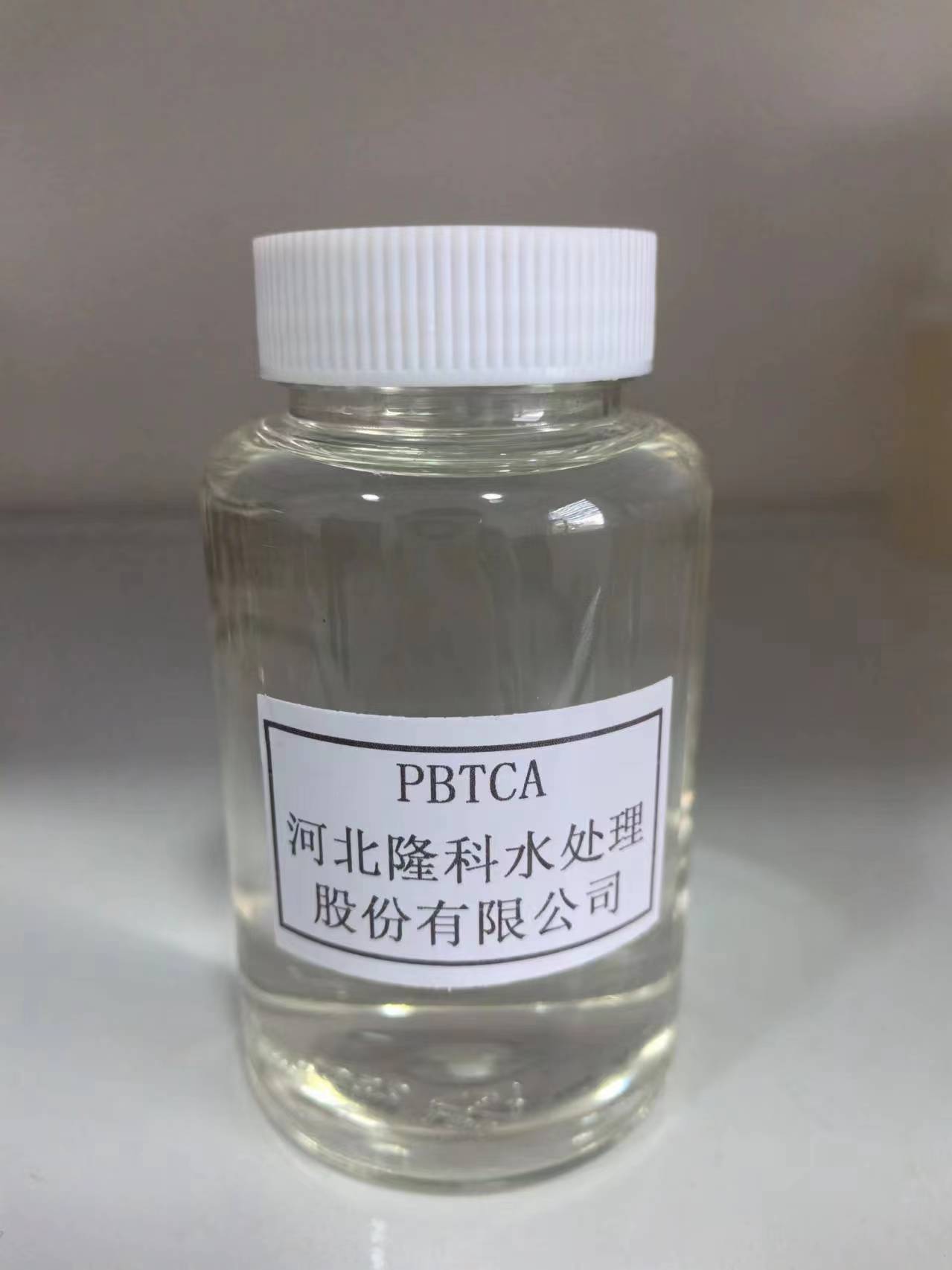anionic pam
Anionic Polyacrylamide (PAM) Applications, Benefits, and Environmental Considerations
Anionic polyacrylamide (PAM) is a water-soluble polymer widely used across various industries due to its remarkable properties, including flocculation, sedimentation, and thickening. Structurally, anionic PAM consists of a polyacrylamide backbone with negatively charged functional groups that impart its anionic character. This article explores the applications, benefits, and environmental considerations of anionic PAM.
Applications of Anionic PAM
Anionic PAM finds extensive use in water treatment, agriculture, and various industrial processes. One of its primary applications is in wastewater treatment, where it functions as a flocculant. By neutralizing the charge of suspended particles in water, anionic PAM enhances the agglomeration of these particles, allowing for easier removal during sedimentation. This process is crucial in both municipal and industrial wastewater treatment facilities, significantly improving effluent quality.
In agriculture, anionic PAM is used to improve soil structure and enhance water retention. When applied to arid or sandy soils, it forms a gel-like substance that helps retain moisture, reducing irrigation needs. This property is particularly valuable in drought-stricken regions, where efficient water usage is paramount. Furthermore, anionic PAM can aid in erosion control by stabilizing soil and preventing runoff, thereby protecting water quality in nearby bodies of water.
Additionally, the mining and mineral processing industries utilize anionic PAM for its flocculation properties, facilitating the separation of valuable minerals from ore and improving the efficiency of the extraction process. Its application in hydraulic fracturing (fracking) also illustrates its versatility, as it assists in the transport of proppants within the fracturing fluid, enhancing oil and gas recovery.
Benefits of Anionic PAM
One of the most significant advantages of anionic PAM is its effectiveness in flocculation, which leads to improved operational efficiency in wastewater treatment and industrial processes. Its ability to significantly reduce the turbidity of wastewater helps facilities meet regulatory standards while minimizing the need for additional chemicals.
anionic pam

Moreover, anionic PAM is easy to use. It can be applied in both liquid and powder forms and is compatible with various treatment processes. With its high molecular weight and anionic nature, it can be adjusted to meet specific application needs, making it a versatile choice for many sectors.
In agricultural applications, the benefits extend beyond water conservation. By improving soil aeration and structure, anionic PAM can increase crop yields and promote healthier plant growth. The reduction of soil erosion not only protects the land but also enhances the sustainability of agricultural practices.
Environmental Considerations
Despite its numerous benefits, the use of anionic PAM raises some environmental concerns that need to be addressed. The primary concern is the polymer's biodegradability. While PAM is generally considered to have a low toxicity to aquatic life, its persistence in the environment can lead to concerns if released in large quantities. Thus, proper management and application techniques are crucial to minimize potential impacts.
Regulatory bodies in several countries monitor the use of PAM, particularly in agricultural and wastewater applications, to ensure that its use does not adversely affect water quality. Farmers and industries are encouraged to adopt best management practices when applying PAM, such as using the minimal effective dosage and ensuring proper application timing to mitigate runoff.
Moreover, researchers are exploring more biodegradable alternatives and modifications to PAM that could enhance its environmental profile. Innovations in polymer chemistry aim to develop PAM formulations that break down more readily in the environment without sacrificing performance.
Conclusion
Anionic polyacrylamide (PAM) plays a vital role in various sectors, offering significant benefits in water treatment, agriculture, and industrial processes. Its unique properties facilitate key processes that lead to enhanced efficiency and sustainability. However, with its widespread use comes the responsibility to manage its environmental impacts carefully. The ongoing research into its biodegradability and safer alternatives will be essential in ensuring that the benefits of anionic PAM can be enjoyed without compromising environmental integrity. As industries continue to adopt sustainable practices, anionic PAM can remain a valuable tool in achieving these goals.
-
Water Treatment with Flocculant Water TreatmentNewsJun.12,2025
-
Polymaleic AnhydrideNewsJun.12,2025
-
Polyaspartic AcidNewsJun.12,2025
-
Enhance Industrial Processes with IsothiazolinonesNewsJun.12,2025
-
Enhance Industrial Processes with PBTCA SolutionsNewsJun.12,2025
-
Dodecyldimethylbenzylammonium Chloride SolutionsNewsJun.12,2025





